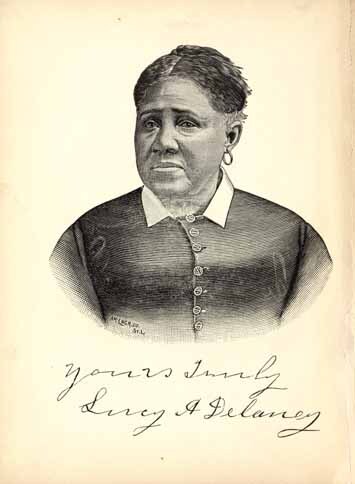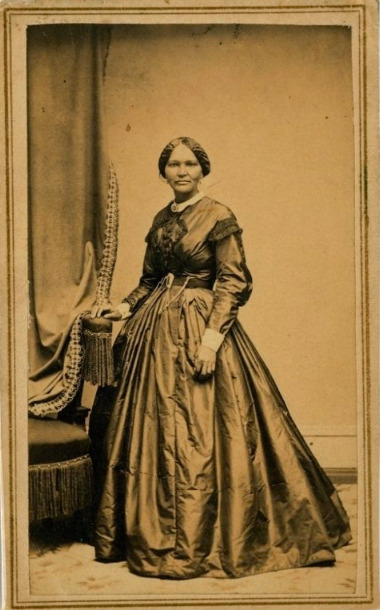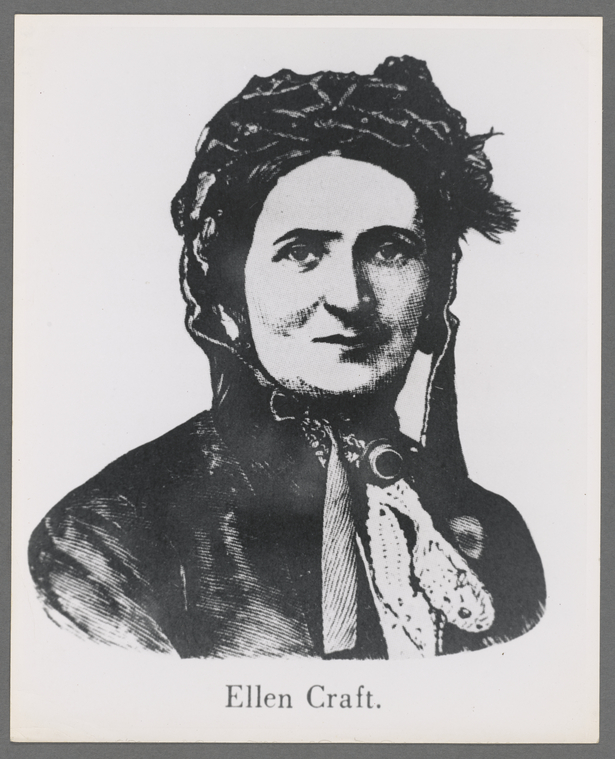Three Freedom Seekers—Summary
The works of many of the earliest African American women writers frequently addressed issues of the enslaved. Their writings on the enslaved are incorporated in a wide range of genres. This exhibit focuses on three autobiographical accounts of enslaved women. Such accounts are also frequently known as “slave narratives,” which is one of the most well-known genres from the Civil War era. Although the genre is well known, the information contained in these three publications documents the “slave narrative” as a good source to convey new historical details. These three women’s works capture the main theme that defines this body of works. Through their autobiographies, the authors reveal the facts pertaining to their routes to freedom. The diverse strategies and generally unheralded means used by these three female freedom seekers are great examples of how autobiographies provide new insight into history. Revealing new insights into American history is a function that manifests through most of the various works in this project.
In From the Darkness Cometh the Light or Struggles for Freedom, we are introduced to Lucy Delaney, pictured below, whose mother hired a lawyer and obtained freedom for herself and Lucy through the court system. This was an enormous and difficult task. Her mother had to find a lawyer who was willing to take the case, and whom she could afford, plus acquire and save the funds required for the lawyer’s payment. In addition, although the court case was initiated in 1839, it was not heard until 1843.
The lawyer was able to convince the jury that Lucy’s mother should be freed primarily because she had resided in a free territory for sufficient time such that she was entitled by law to her freedom. In Lucy’s case, the law stated that the status of a child followed that of the mother. Even with the free status of her mother established, it took nineteen months to establish the free status of Lucy. Lucy was unfortunately kept imprisoned under deplorable conditions during the entire nineteen months. The route to freedom revealed in Lucy Delaney’s narrative was most unusual.
In Behind the Scenes, or, Thirty Years a Slave and Four Years in the White House, we are introduced to Elizabeth Keckley, pictured below, who brokered a financial deal between herself, her business clients, and her owner to purchase her and her son’s freedom. Elizabeth Keckley’s owner depended on her skills as a seamstress and dress designer to support his household of seventeen people through particularly difficult financial times. After a few years, Keckley queried her owner for a purchase price for her and her son. He refused and forbade her from asking again. In spite of this, she continued to request a price. After a few years, he reluctantly gave her a price, surprisingly acknowledging that she had truly earned the right to be free. Although she conceived multiple strategies to generate the funds required, her business clients, who had great admiration for her, donated the funds. With her freedom, she was able to keep the money she earned as a dress designer, and she paid back all the money donated to her by her clients. This financial deal brokered by Elizabeth Keckley was a most unusual route to freedom.
In Running a Thousand Miles for Freedom; or, The Escape of William and Ellen Craft from Slavery, we are introduced to Ellen Craft, pictured below, who could pass for a white individual. Ellen and her enslaved husband William traveled north to freedom together in disguise. Ellen presented herself as a white man with a serious illness traveling north for special medical treatment. William presented himself as her devoted enslaved valet. Several factors contributed to the success of their plan. Ellen worked in the plantation house; thus, she was familiar with the behavior and mannerisms of a southern white male plantation owner. Her face was covered in bandages and her right arm was in a sling, which camouflaged her inability to sign her name. William was a cabinet maker, which required him to travel, and he was thus familiar with travel protocols. He worked a second job in a tavern and was able to keep the funds he earned there, which provided the means for their travel expenses. Equally important, the tavern job also provided the opportunity to listen to conversations to acquire knowledge. They planned their escape for Christmastime. They both requested holiday passes, which were sometimes granted to “favorite” enslaved people close to holidays for brief visits to nearby family. The passes ensured that a search for them would not commence for a few days. Ellen traveled in first-class accommodations and stayed in top hotels with her enslaved valet close by her side. They arrived safely in Philadelphia on Christmas Day, but not without a few near mishaps. Ellen Craft had a most unusual route to freedom.
This set of examples illustrates the forward thinking and resilience of these authors and expands our knowledge of history by documenting the savvy of these three women gaining their freedom. When the voices of all the women in the project are recognized and explored, our knowledge of American history will be expanded, because these texts identify in previously unseen ways the experience of Black women in the nineteenth century.


